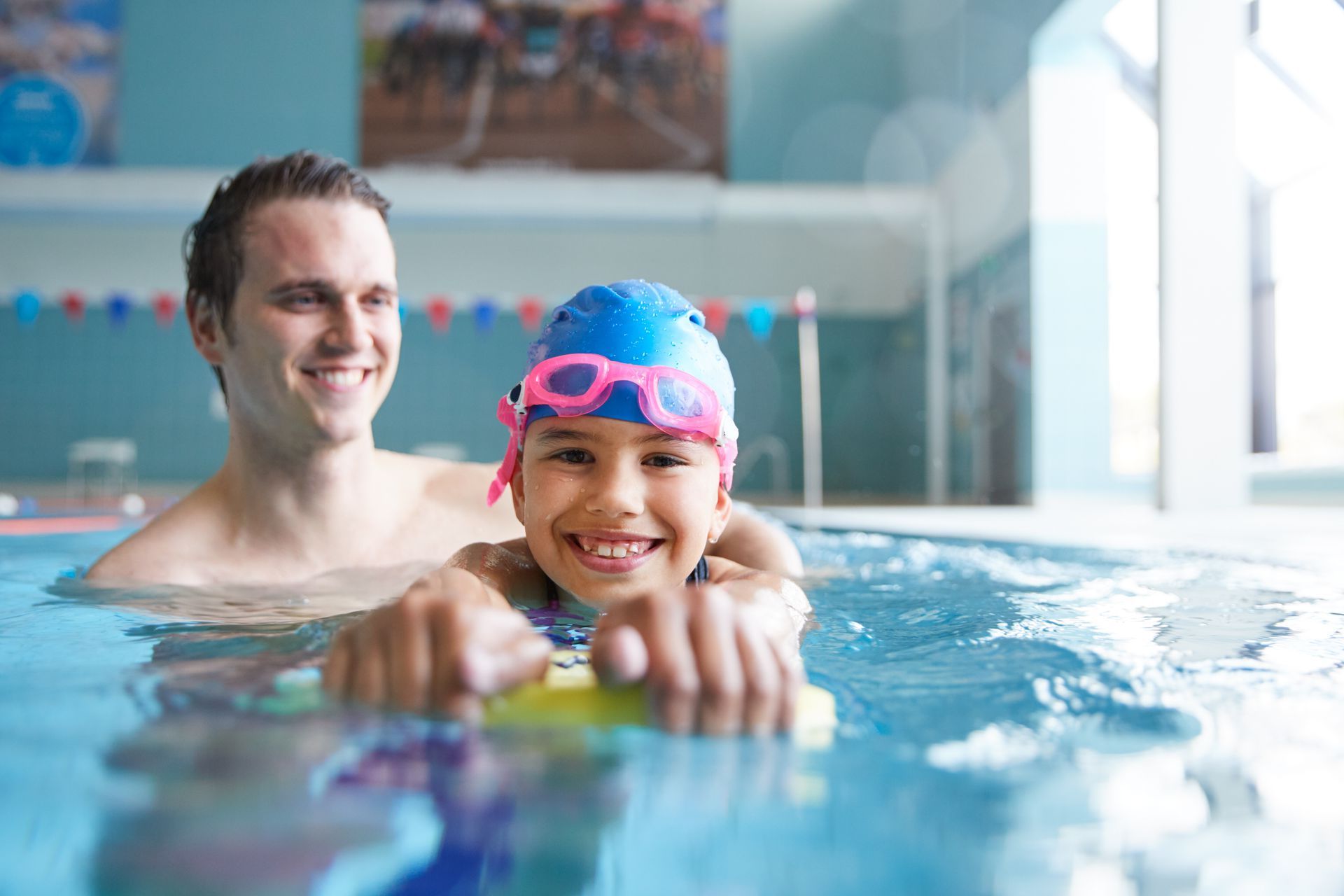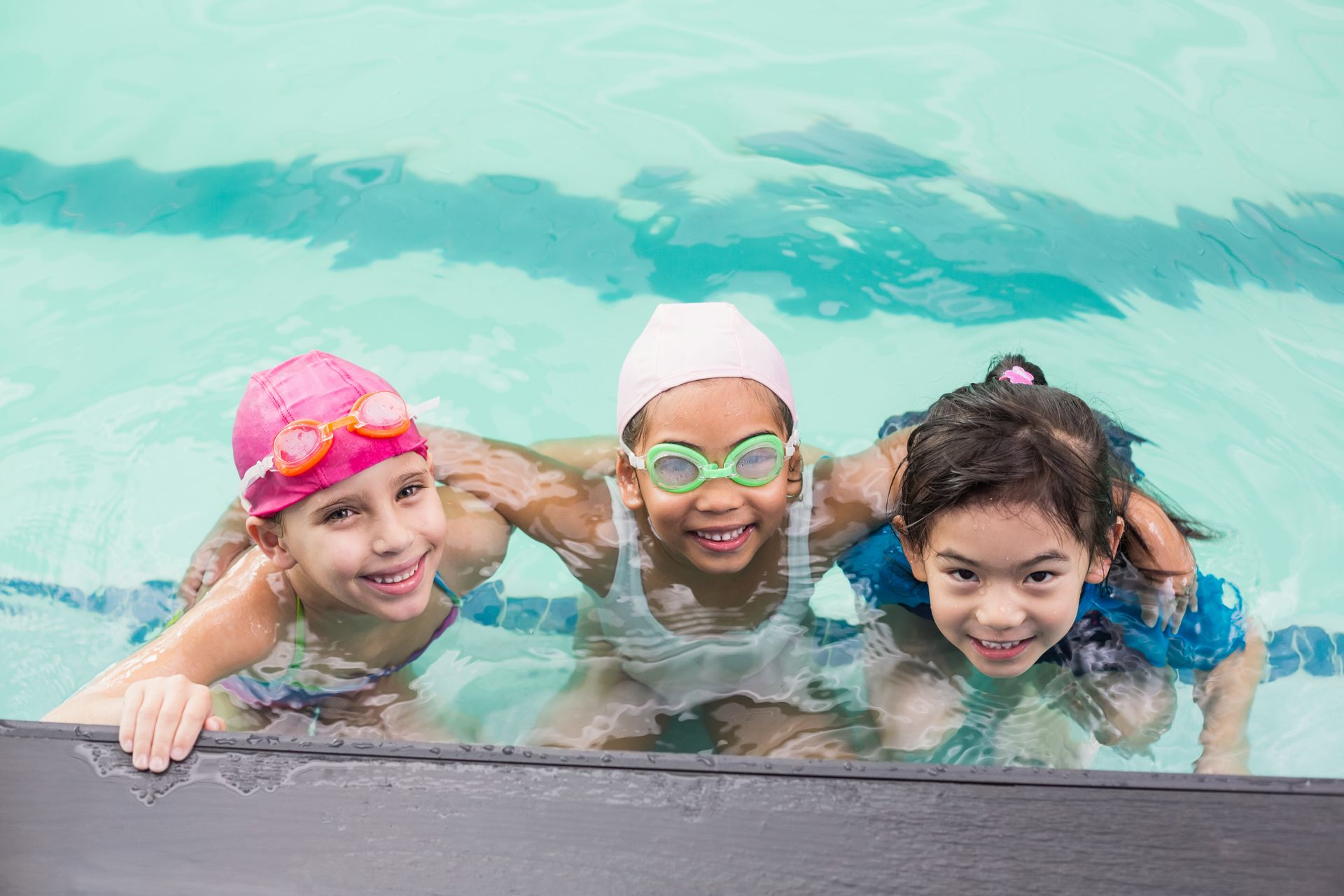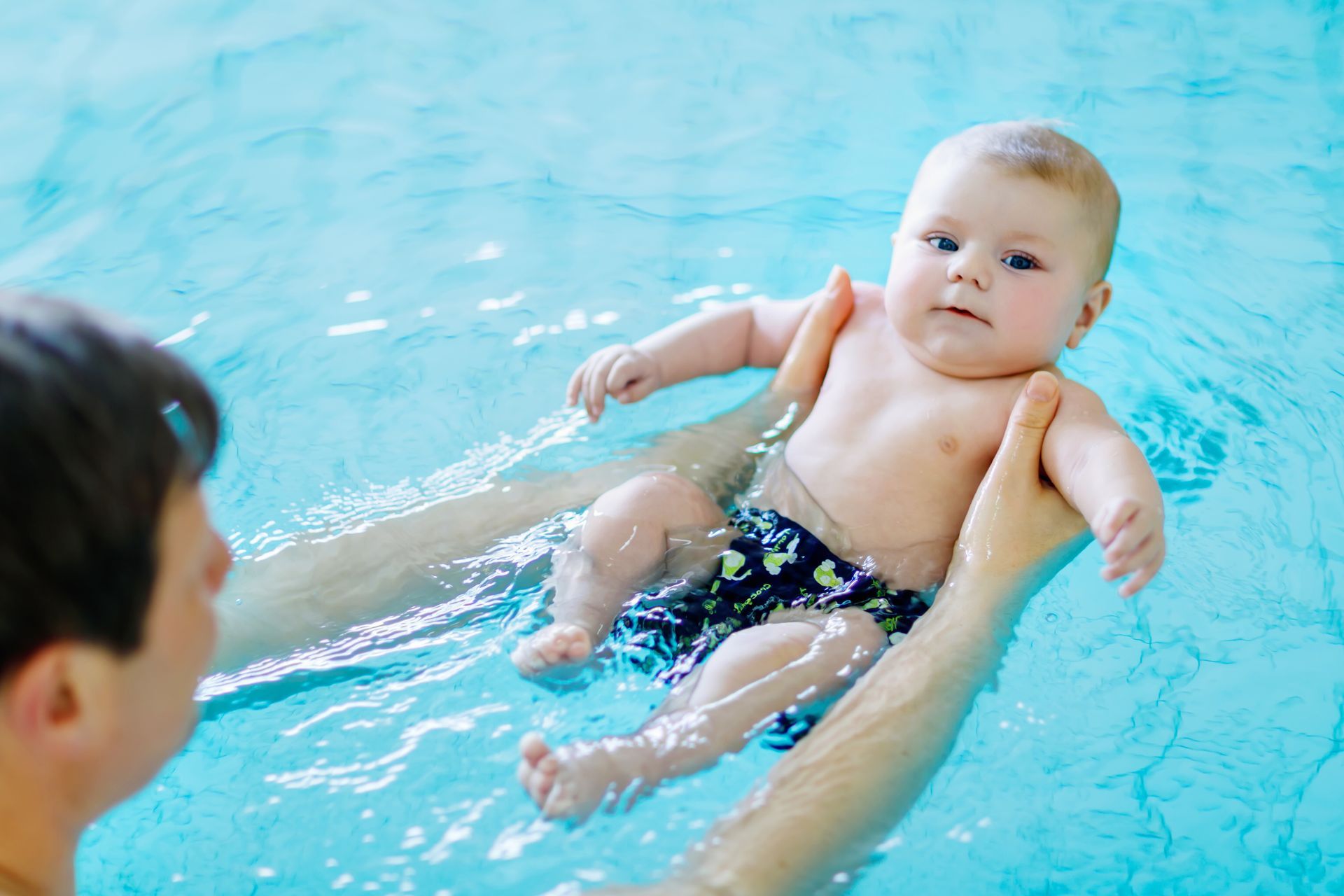Safety Tips For Your Kids Pool Toys
Jul 26, 2023
Be Safe!

Pool toys can be the best way to make your child engaged and comfortable in swimming pools. They will also have a fun time in the water. Just like any other pool-time experiences, it is important to consider swim safety for your children’s pool toys too. You need to know some important tips for swim safety. Here are some of the pool toy safety tips that will help your child to swim safely in the pool:
Tip #1: Always check the toys before using them
It is important to check each and every toy before using them. Check for the crack and holes as well as for bugs in the toys. This rule is important, especially, if you are pulling out the toys that you have stored away for months. Lots of damages can happen including rust, animals nesting inside, holes etc. Just quickly check through each and every toy before you put them into the pool.
Tip #2: Clean them properly
Keeping pool toys clean and tidy is essential to prevent the spread of bacteria and germs. To prevent the bacterial growth and slimy buildup, rinse off the pool toys before you put them in the pool. When finished, always make sure to dry out the toys and clean them properly before storing them in dry places. This prevents growth of mold.
Tip #3: Review the safety rules before using toys
Before the children grab their favorite toys and jump into the pool, you must review the safety rules again. Even if you think that you have discussed enough about the safety rules with them, you must read out the safety rules again. Repeating these rules will help them to keep in their memory forever.
Tip #4: Pool noodles safety
Being one of the most favorite pool toys for kids, everyone wants to use the pool noodles. But you need to make sure that one kid is on the noodle at a time. They are quite buoyant in nature and it is meant for one swimmer at a time. This toy is the best way to help the swimmer float but it must not be used as floating device or lifejacket.
Tip #5: Checkout the snorkels before using
Snorkeling is another favorite pool-time experience for the kids. But before you use the snorkeling toy masks, you must ensure whether or not the snorkel masks are in right condition. A broken or dysfunctional mask cannot fulfill the purpose. Also, check for any leaks or cracks as this can let the water into the mask.
If you want your kids to be a good swimmer and learn all the swimming safety rules, then make sure to contact us at Small Fish Big Fish Swim School. We offer swimming lessons via experienced trainers. They take care of each and every kid to ensure the utmost safety of the children. We take each and every swimming pool safety rule very seriously and make sure every child follows it as well.
For more details contact us at Small Fish Big Fish Swim School for a consultation and free trial class. 561-818-7946

12 Sep, 2023
Swimming Injuries and Treatments for Them The water is a great place to work out. Exercise keeps the body healthy, but while exercising injuries do occur, here are four common swimming injuries and how to treat them: Swimmer’s shoulder – This occurs after repeated energetic sessions as the tendons are being pressed against the bone and eventually get sore. This stretches down to the rotator cuff tendons. If it is ignored, it will result in tears. Treatments include: Resting for long periods after exercising. Icing to reduce inflammation. Warming up before sessions and stretching as a weekly treatment. Lower back pain – The butterfly and breaststroke lower back pain occurs because of vigorous body jerking with the wrong swimming technique. This lower back pain can transform into a stress fracture in the vertebrae. This injury is also commonly found in weightlifters. Treatments include: Avoiding sitting positions because they apply pressure. Gentle stretching to relieve strain in the spine. For acute pain caused by a stress fracture speak with a medical professional. Bicep Tendonitis – This comes with swimmers’ shoulder and is caused by long periods of overexertion. Taking long rest periods can prevent this injury. The symptoms include pain in the shoulder that gets worse when lifting the arm, a shooting pain moving down the upper arm, at times there is a noticeable bulge in the tendon, a warm feeling moving from the point of the pain, as well as a snapping sound coming from the shoulder. Treatments include: Icing the pain to remove swelling. Gently stretching the scapula, posterior capsule, and rotator cuff areas. Taking anti-inflammatory medication provided by a doctor. Swimmers Knee – This is known as a strain in the Medial Collateral Ligament (MCL). It mostly occurs by extreme use of the breaststroke technique, which puts repeated strain on the knee. Symptoms of this injury include swelling, muscle spasms, decreased strength and movement, as well as pain in the quads or the knee. There may be a rough feeling when moving the knee. Treatments include: Gentle stretches to bring back movement. Taping the knee. Icing to reduce swelling. Exercising is the key to keep the body functioning, but doing too much or doing the technique the wrong way can lead to injuries like these. It is important to know how to treat them to get the body back in shape and keep it healthy.

Our kiddos progress thru our child centered curriculum while learning survival skills and having fun
By Melissa Taylor
•
27 Jul, 2023
Our kiddo’s progress thru our child centered curriculum while learning survival skills and having fun. Children retain what they learn when they become passionate and enjoy themselves and with repetition. At Small Fish Big Fish Swim School “Small fish become BIG fish by swimming in schools”.

By Melissa Taylor
•
27 Jul, 2023
Splashing water is one of the most enjoyable things for babies to do, whether it is taking a bath or in the pool. But do you know when your baby should start learning how to swim? Children should start learning how to swim as early as possible. Some babies start swimming even at the age of two months. So, if you want your baby to learn how to swim at an early age then here are some tips to prepare them. Make bathing an enjoyable event Whether your baby is interested in playing in the water or not, if you want them to learn swimming as soon as possible then you will have to make it more enjoyable when they are near water. A great way to start is while taking bath. You can increase their interest in water by providing them with a warm environment and water so that they can feel more comfortable than playing with cold water. In order to make bath time a fun experience, you should enjoy it with them so that they can replicate you. To make bath time more fun for your child you can use some rubber or washable toys so that they can enjoy them while taking bath. Splash water Unexpected splashes of water are one the oldest ways to develop the interest of your child towards the water. Though it can be a bit startling for them when water enters their nose, mouth, and eyes but with time they can get used to it while taking bath regularly. You can encourage them to splash water from the bathtub in response to your splash so that they can easily understand its effects and fun. You can also expose your baby to shower nozzle by bringing it down and spraying water on their face as well as on their belly or arms so that they can experience the water’s effects more closely. Make fun after a bath After finishing the bath, instead of rushing out, you should take some time to wrap your baby in a warm towel so that they can enjoy that moment before getting dry. Now pat them gently with a towel to dry them from top to bottom and make them relax with your soft voice or a song. It will give your baby a unique experience after getting out of the water. Blowing Bubbles It can be difficult for children at a young age to understand that they have control over their breathing, making it hard to teach them how to hold their breath while swimming. The best way to show your children how to begin regulating their breathing is by blowing bubbles in the water. Demonstrate the different ways the bubbles appear depending on how hard you exhale and encourage them to do the same. Buoyancy Lessons When bathing with your child, you have an excellent opportunity to safely show them the effects of buoyancy on their body, allowing them to learn how to float. Place your child in the bathtub before it is filled with water, and then begin filling it so they can feel the water start to lift them up. Keep them from sliding under at first, and soon they will figure out how to float on their own without your assistance. Swimming lessons After introducing your baby to water in the bathtub and they feel comfortable it’s time to get some formal swimming lessons. At Small Fish Big Fish Swim School, they can get lessons from experienced Aquatic educators that specialize in working with babies. All instructors are participating in continuing education and will be taking part in an 8 hour workshop given by the United States Swim School Association. But it doesn’t stop there, we teach self-confidence, discipline and well-being through the lifelong sport of swimming. Want your baby to learn how to swim? We offer free classes for babies 6 months old or younger. The free lessons do not include cost of Small Fish Big Fish annual membership fee. Membership is required to qualify for Free lessons. You can also sign up for our Free Trial here https://www.smallfishbigfish.com/free-trial
Hours
Monday - Wed 9:00 am to 8:00 pm
Thu- Closed
Friday - 1:00 pm to 6:00 pm
Saturday & Sunday - 8:00 am to 3:00 pm
*Entrance is on the side of the Medical building*
Contact Us
Hours
Sweet Peas Gymnastics
Small Fish Big Fish Opens SOON
Tue 9:00 am-7:30 pm
Thur 9:00 am-7:30 pm
Fri 10:00 am-12:00 pm
Sat 10:00 am-3:00 pm
Quick Links
West Palm Beach Location
Jensen Beach Location
All Rights Reserved | Small Fish Big Fish Swim School Powered by iClassPro
© 2024


